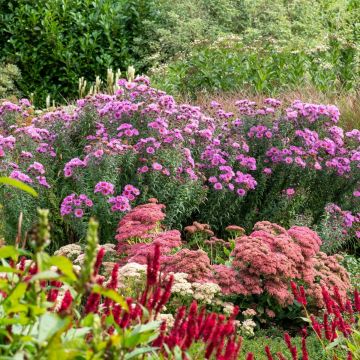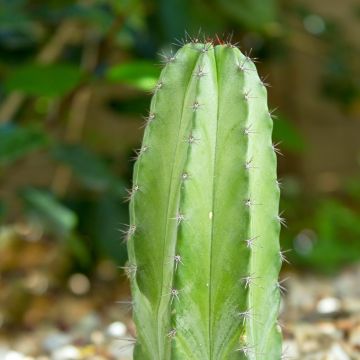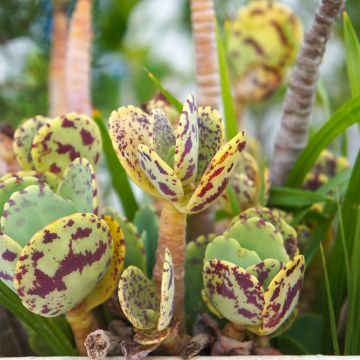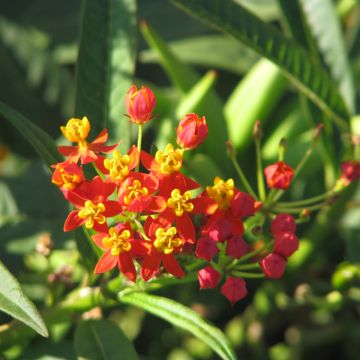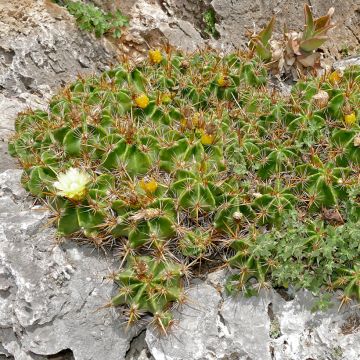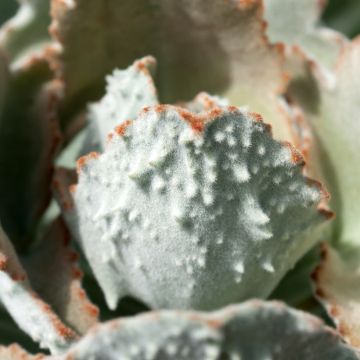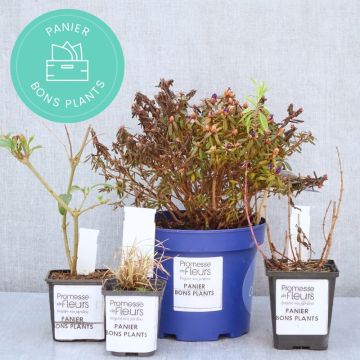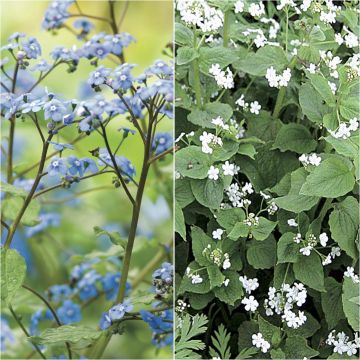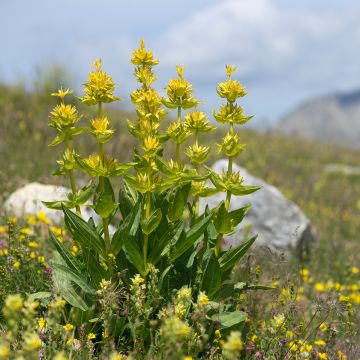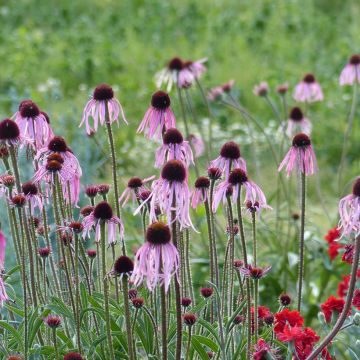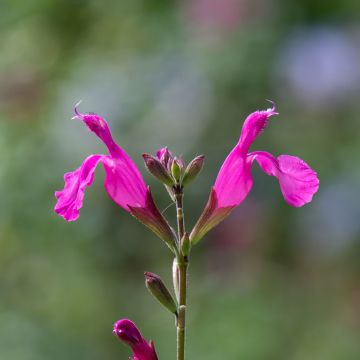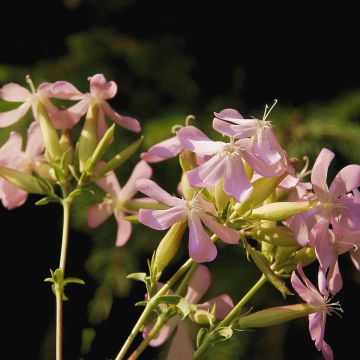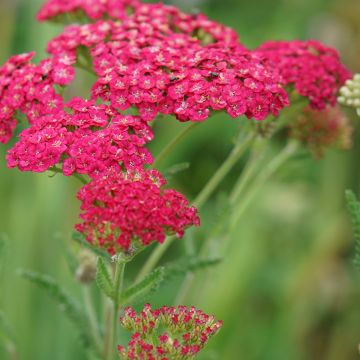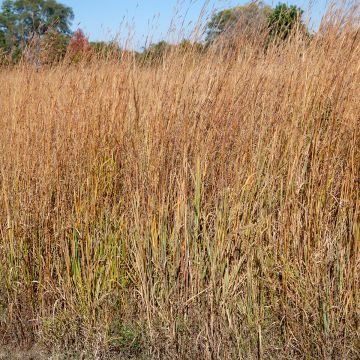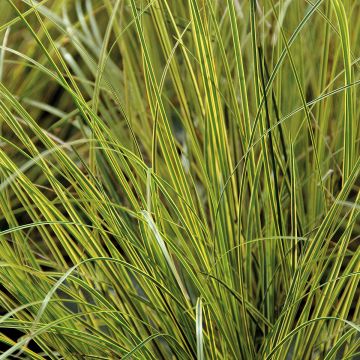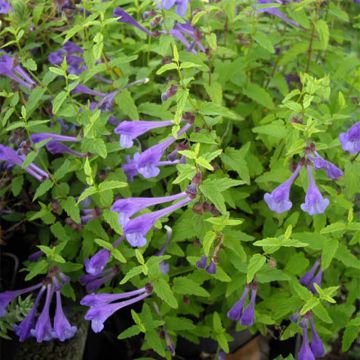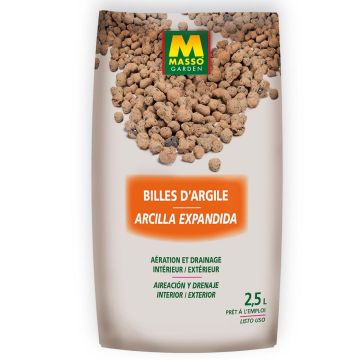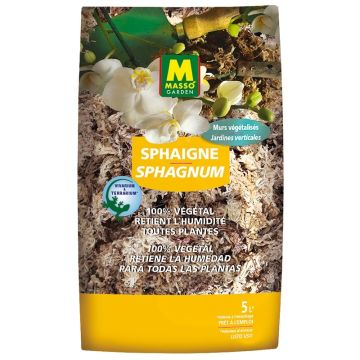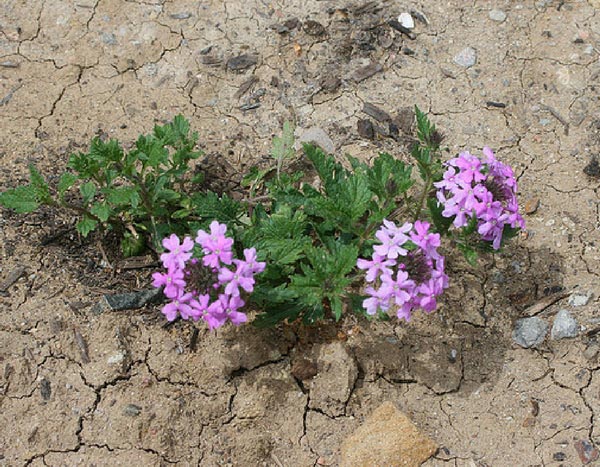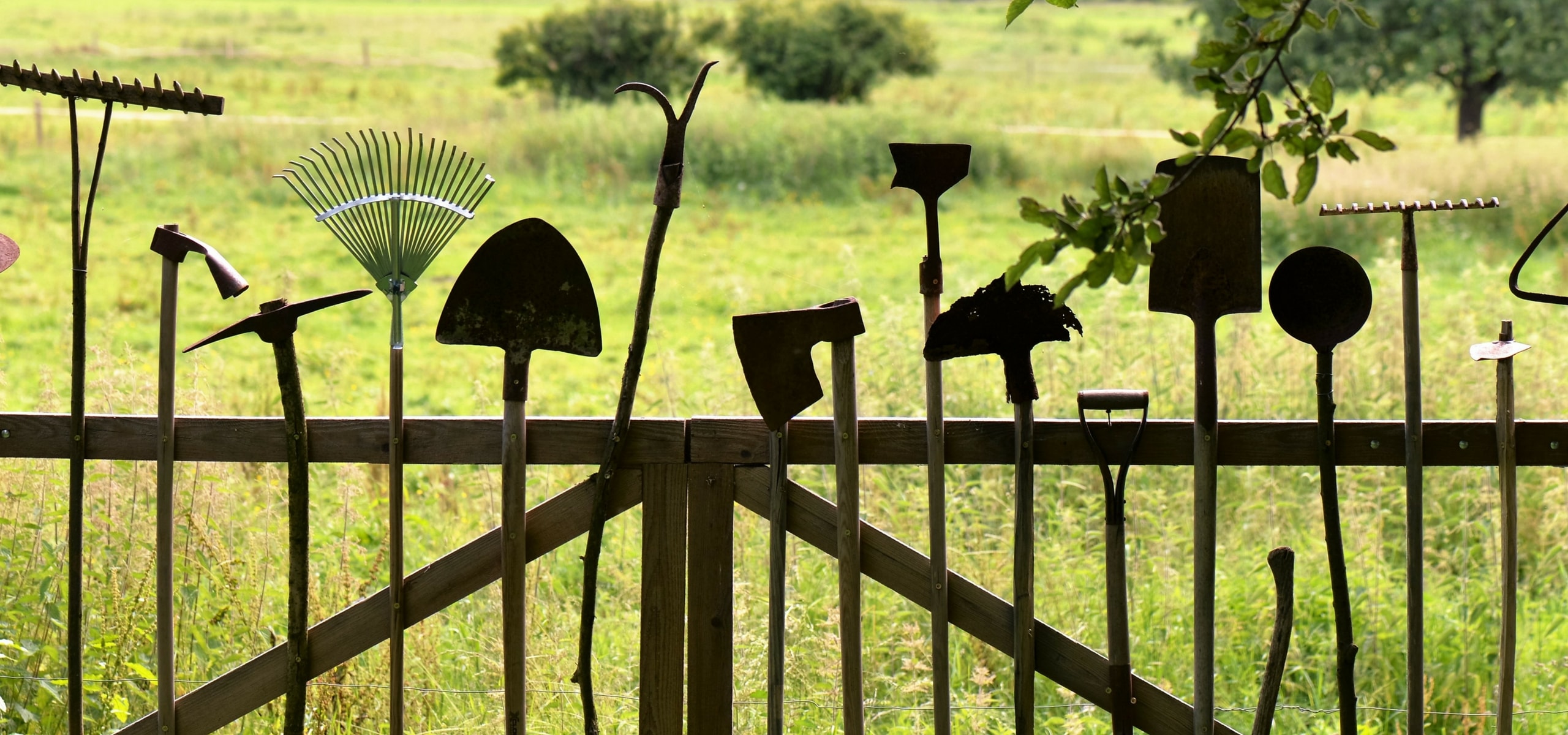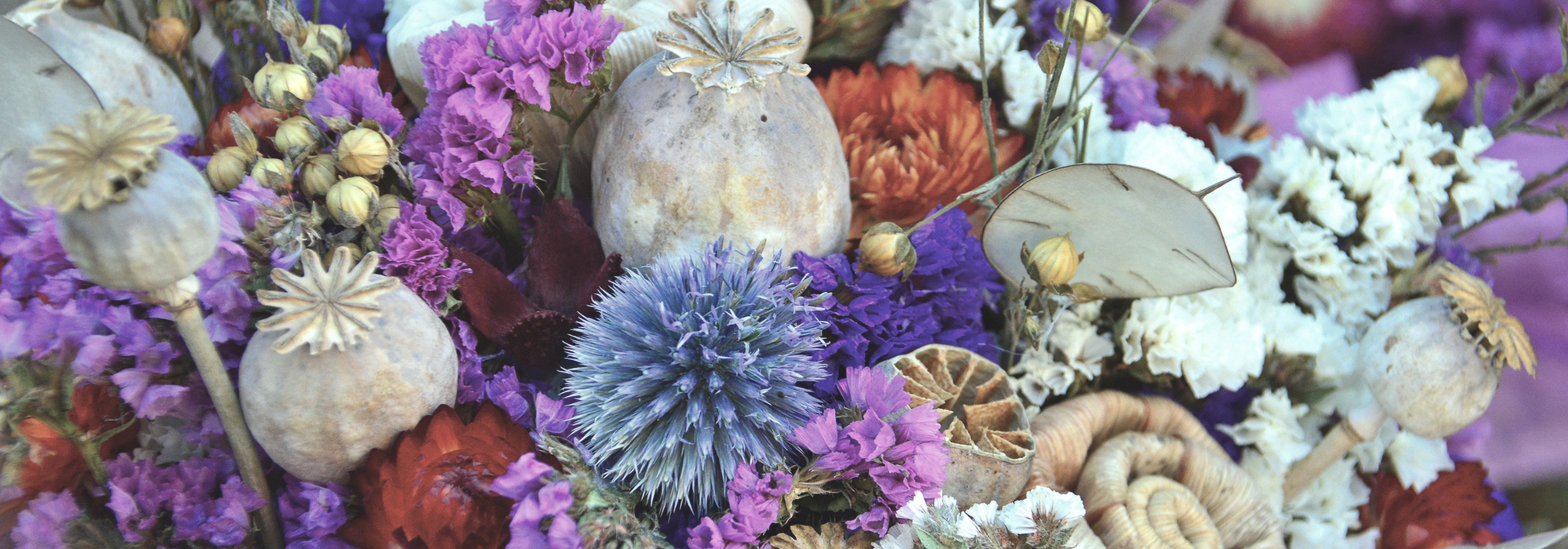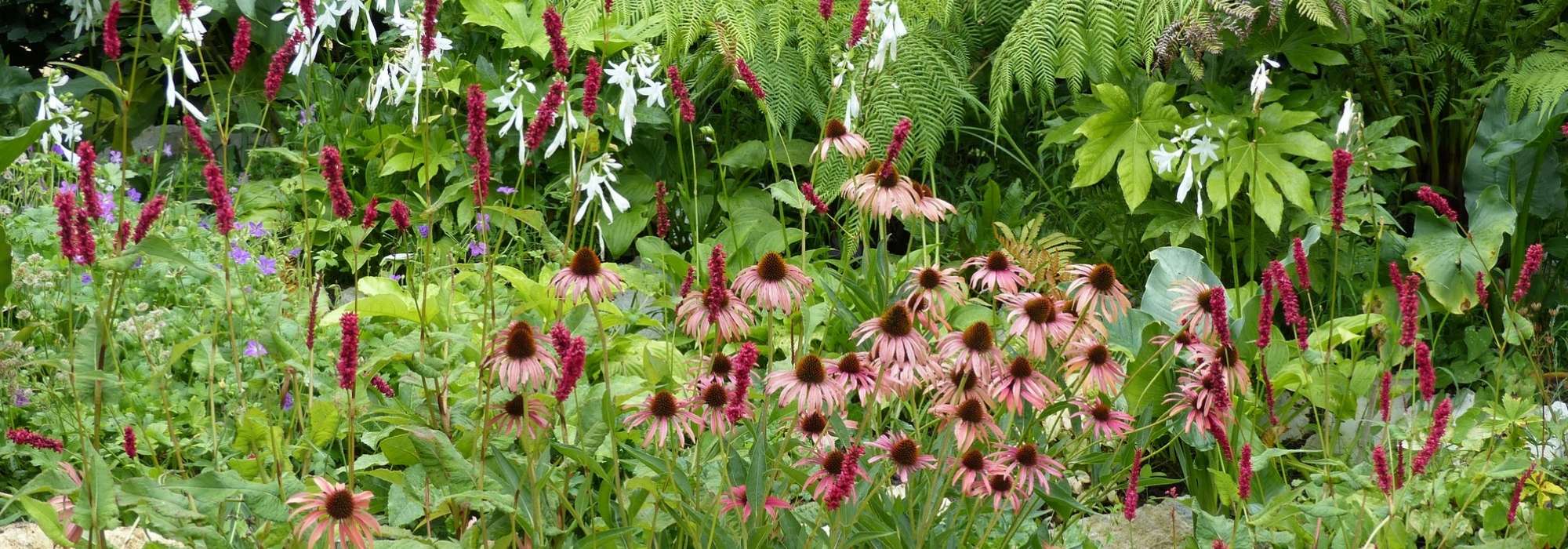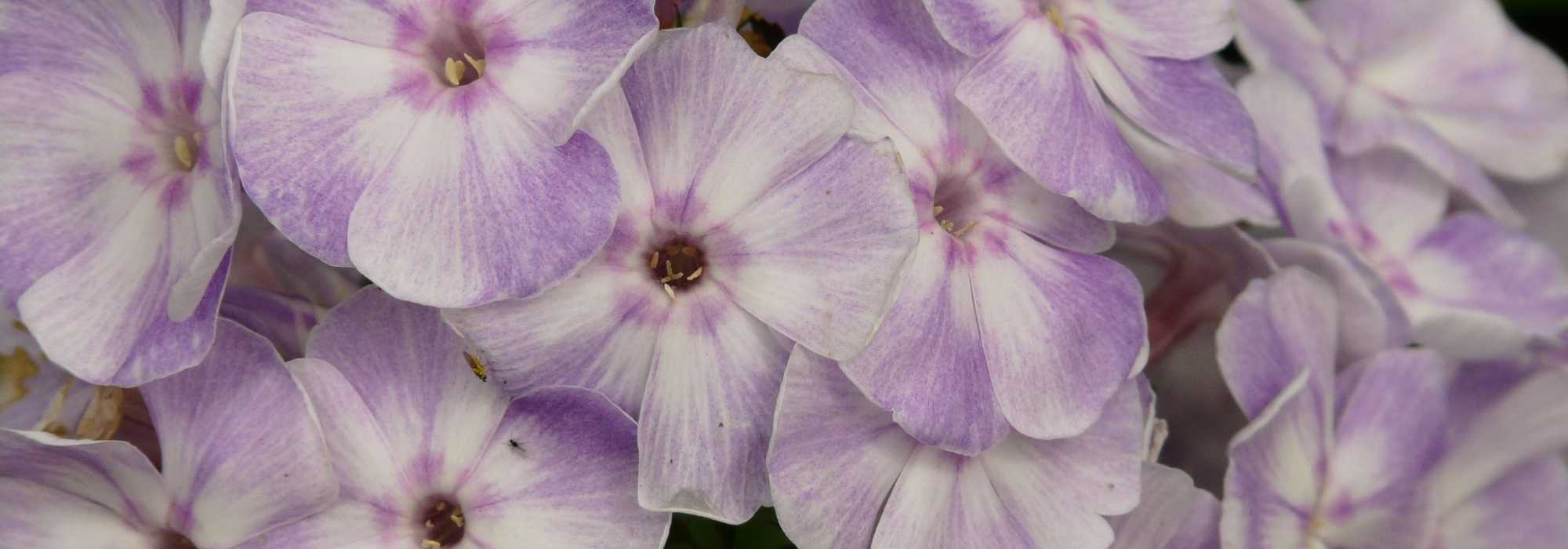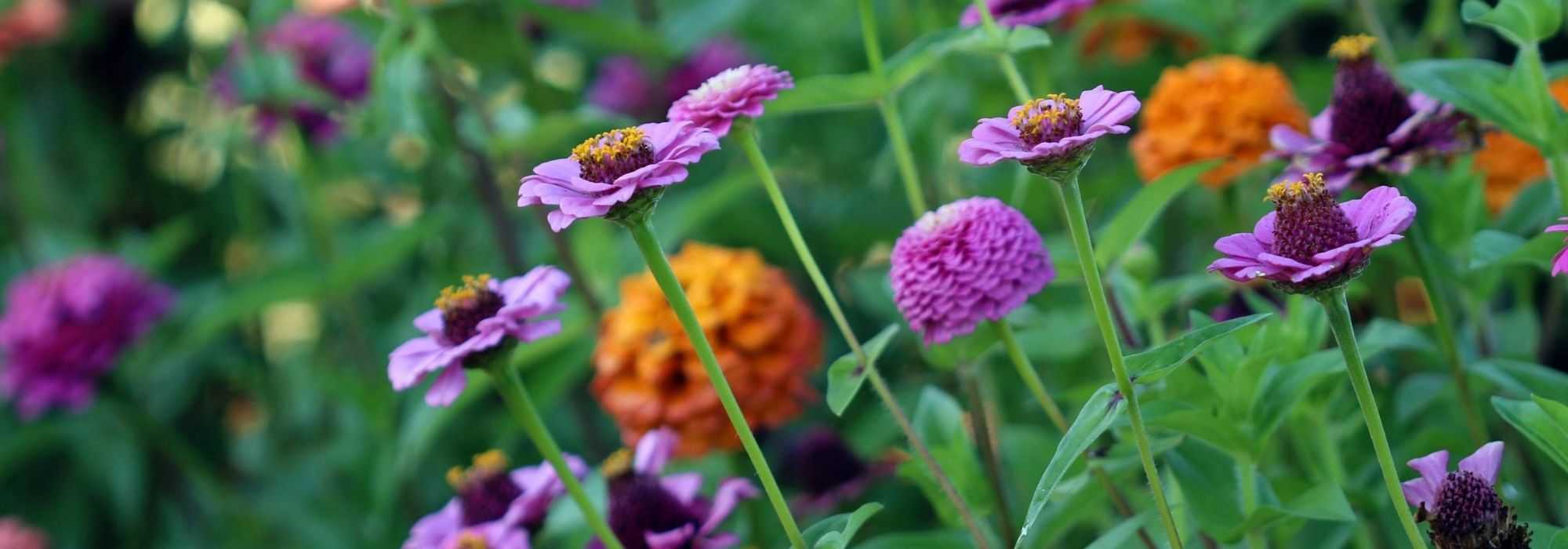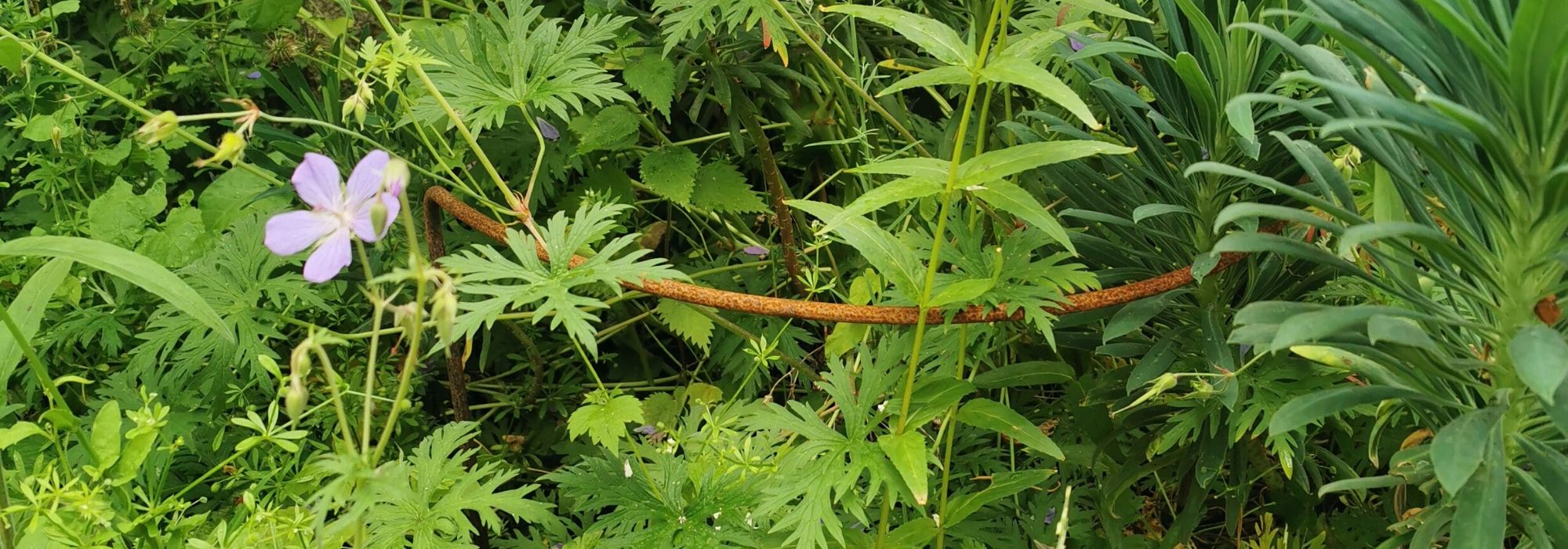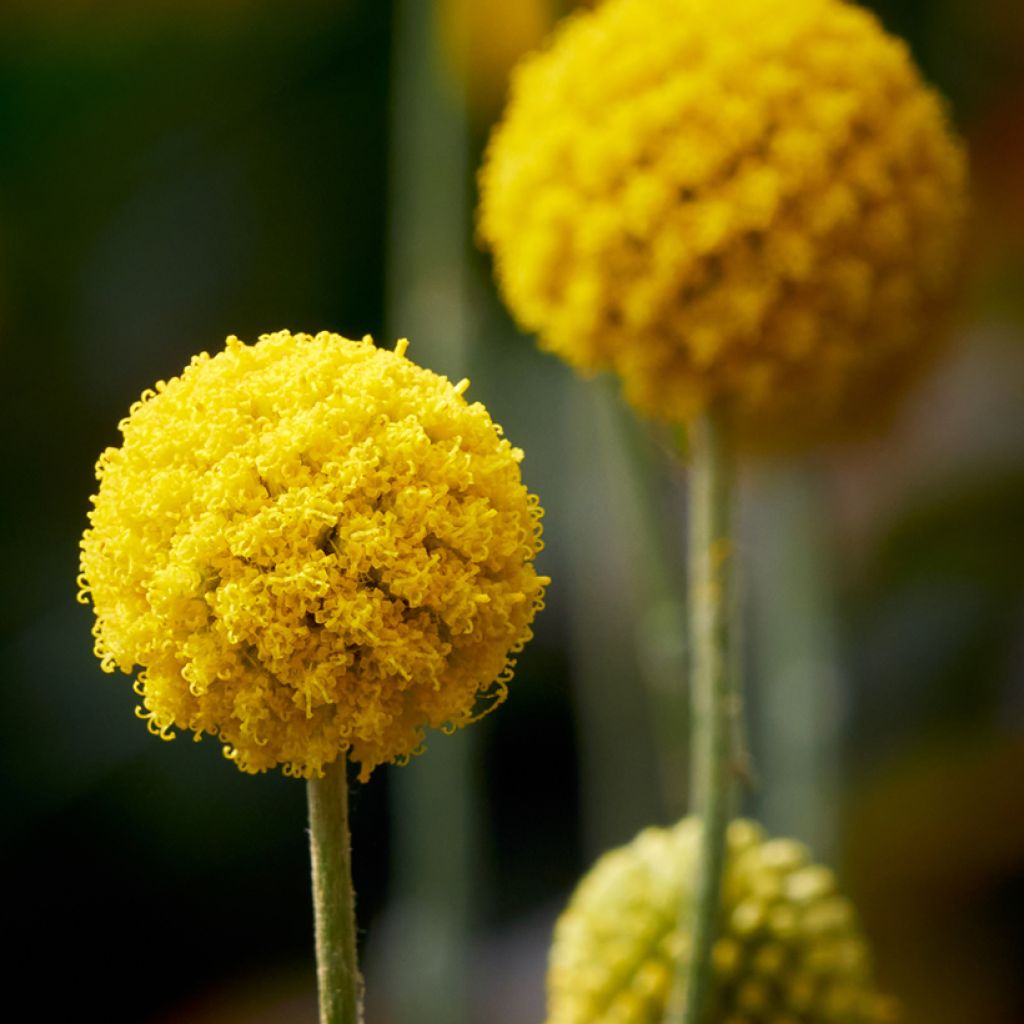

Craspedia globosa Golf Beauty - Drumsticks
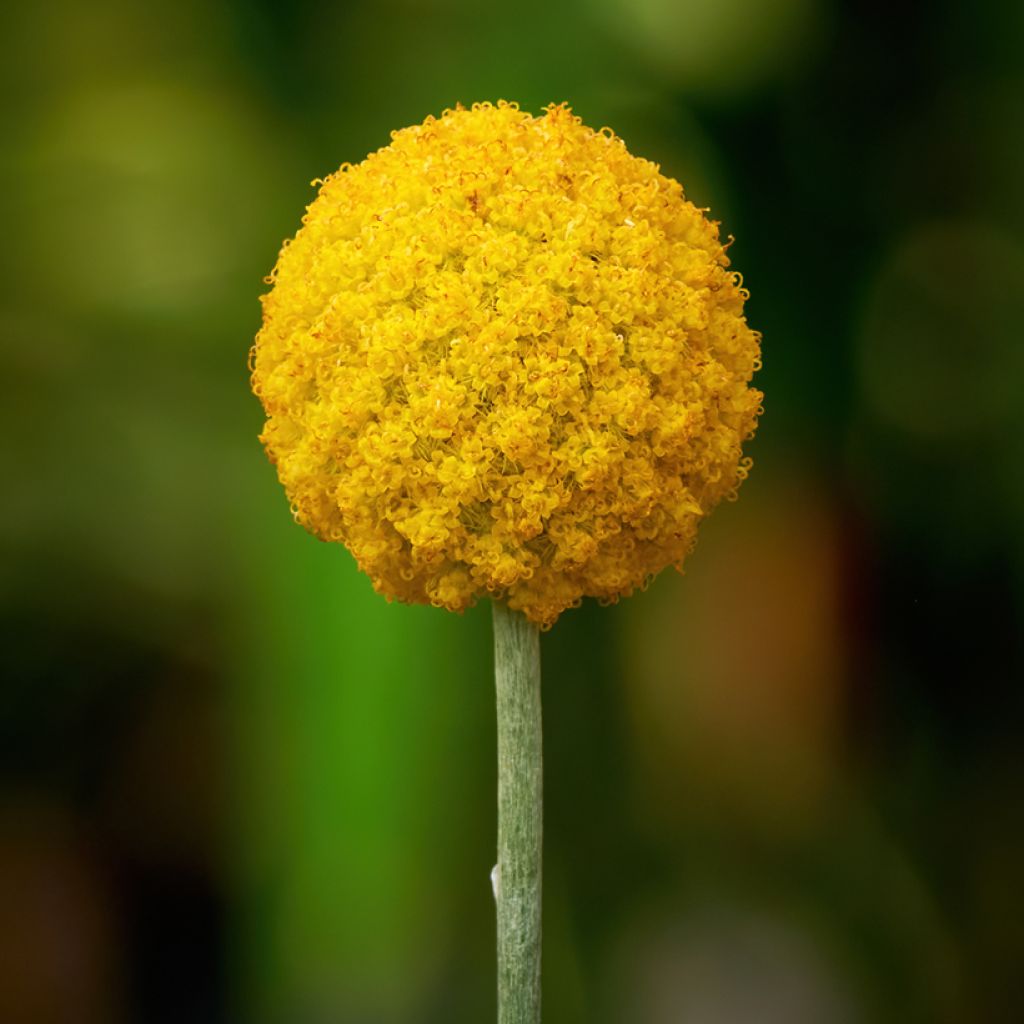

Craspedia globosa Golf Beauty - Drumsticks
Craspedia globosa Golf Beauty - Drumsticks
Craspedia globosa 'DCRAGOLFBY' GOLF BEAUTY
Drumsticks
Special offer!
Receive a €20 voucher for any order over €90 (excluding delivery costs, credit notes, and plastic-free options)!
1- Add your favorite plants to your cart.
2- Once you have reached €90, confirm your order (you can even choose the delivery date!).
3- As soon as your order is shipped, you will receive an email containing your voucher code, valid for 3 months (90 days).
Your voucher is unique and can only be used once, for any order with a minimum value of €20, excluding delivery costs.
Can be combined with other current offers, non-divisible and non-refundable.
Why not try an alternative variety in stock?
View all →This plant carries a 12 months recovery warranty
More information
We guarantee the quality of our plants for a full growing cycle, and will replace at our expense any plant that fails to recover under normal climatic and planting conditions.
Would this plant suit my garden?
Set up your Plantfit profile →
Description
Craspedia 'Golf Beauty', also known as Drumstick Flower or Globe Craspedia, is an improved variety with earlier flowering and more abundant blooms. Highly prized by florists, this perennial produces upright flower stems topped with vibrant yellow spheres. These flowers, which dry while retaining their intense colour, are a must-have in rustic or trendy arrangements. 'Golf Beauty' is charming in the garden with its silvery-green foliage forming a dense rosette and its prolonged flowering that attracts pollinators.
Native to Australia and New Zealand, Craspedia globosa is a rhizomatous perennial from the Asteraceae family, much like daisies and asters. Moderately hardy, it tolerates temperatures down to -7°C in well-drained soil and mild climates but is often grown as an annual in our regions. Unlike other varieties, 'Golf Beauty' flowers in its first year, a major advantage for gardeners seeking quick results. From June, depending on the climate, slender, rigid, and leafless flower stems emerge, reaching 50-60 cm in height, bearing spherical inflorescences 2-3 cm in diameter. These little golden suns, composed of nectar-rich florets, are highly attractive to bees and butterflies. After flowering, the plant produces feathery fruits dispersed by the wind, encouraging self-seeding in the garden.
Craspedia 'Golf Beauty' is easy to grow and thrives in full sun, in light, well-drained soil. Once established, it tolerates drought well and adapts to dry, windy climates, making it an excellent choice for Mediterranean or coastal gardens. Whether planted in the ground or in pots, it elegantly complements rustic flowers like cosmos, love-in-a-mist, and cornflowers, but also pairs beautifully with agapanthus, dahlias, and white peonies for a more sophisticated effect. Placed in a single-stem vase or glass bottle, its "drumsticks" become a refined and long-lasting decorative piece, adding a bohemian and luminous touch to any interior.
Report an error about the product description
Craspedia globosa Golf Beauty - Drumsticks in pictures
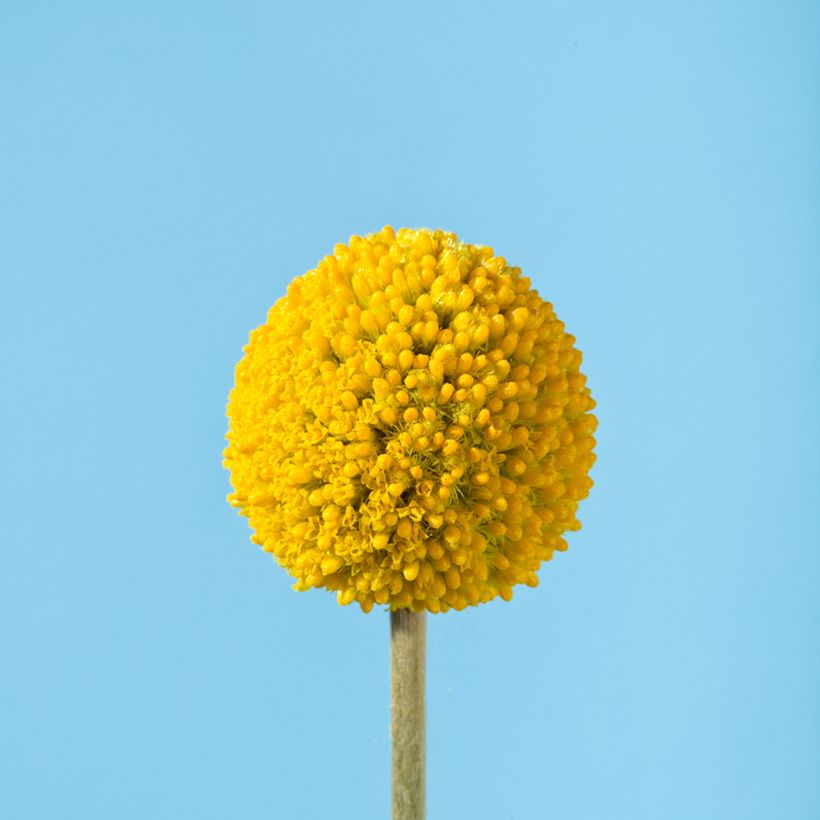

Flowering
Foliage
Plant habit
Botanical data
Craspedia
globosa
'DCRAGOLFBY' GOLF BEAUTY
Asteraceae
Drumsticks
Pycnosorus globosus Golf Beauty
Cultivar or hybrid
Other Perennials
View all →Planting and care
Plant the young plants of Craspedia 'Golf Beauty' in open ground once the risk of frost has passed. Space them 40-50 cm apart.
The clumps of Drumstick Craspedia can be divided in September or October.
Water at the base, avoiding wetting the foliage.
Craspedia globosa thrives in warm, sunny positions (partial shade in the driest and hottest regions). It grows best in fairly rich, well-draining soil, though it can tolerate heavier soils in milder winter regions. It is drought-tolerant but grows more vigorously and flowers for longer in moist soil or with regular watering, possibly supplemented with a flower fertiliser once or twice during flowering. This plant shows rapid growth and flowers from summer until October. It can withstand frosts down to around -7°C once well-established in well-drained soil that does not retain water.
Planting period
Intended location
Care
Planting & care advice
This item has not been reviewed yet - be the first to leave a review about it.
Haven't found what you were looking for?
Hardiness is the lowest winter temperature a plant can endure without suffering serious damage or even dying. However, hardiness is affected by location (a sheltered area, such as a patio), protection (winter cover) and soil type (hardiness is improved by well-drained soil).
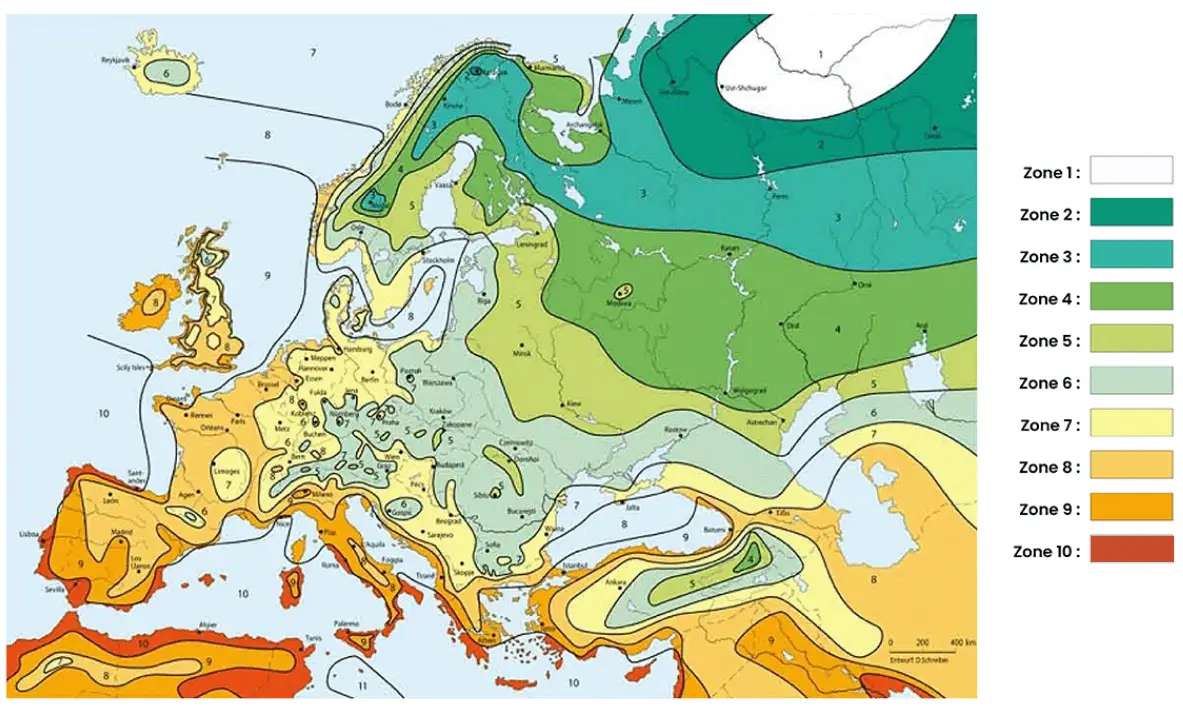
Photo Sharing Terms & Conditions
In order to encourage gardeners to interact and share their experiences, Promesse de fleurs offers various media enabling content to be uploaded onto its Site - in particular via the ‘Photo sharing’ module.
The User agrees to refrain from:
- Posting any content that is illegal, prejudicial, insulting, racist, inciteful to hatred, revisionist, contrary to public decency, that infringes on privacy or on the privacy rights of third parties, in particular the publicity rights of persons and goods, intellectual property rights, or the right to privacy.
- Submitting content on behalf of a third party;
- Impersonate the identity of a third party and/or publish any personal information about a third party;
In general, the User undertakes to refrain from any unethical behaviour.
All Content (in particular text, comments, files, images, photos, videos, creative works, etc.), which may be subject to property or intellectual property rights, image or other private rights, shall remain the property of the User, subject to the limited rights granted by the terms of the licence granted by Promesse de fleurs as stated below. Users are at liberty to publish or not to publish such Content on the Site, notably via the ‘Photo Sharing’ facility, and accept that this Content shall be made public and freely accessible, notably on the Internet.
Users further acknowledge, undertake to have ,and guarantee that they hold all necessary rights and permissions to publish such material on the Site, in particular with regard to the legislation in force pertaining to any privacy, property, intellectual property, image, or contractual rights, or rights of any other nature. By publishing such Content on the Site, Users acknowledge accepting full liability as publishers of the Content within the meaning of the law, and grant Promesse de fleurs, free of charge, an inclusive, worldwide licence for the said Content for the entire duration of its publication, including all reproduction, representation, up/downloading, displaying, performing, transmission, and storage rights.
Users also grant permission for their name to be linked to the Content and accept that this link may not always be made available.
By engaging in posting material, Users consent to their Content becoming automatically accessible on the Internet, in particular on other sites and/or blogs and/or web pages of the Promesse de fleurs site, including in particular social pages and the Promesse de fleurs catalogue.
Users may secure the removal of entrusted content free of charge by issuing a simple request via our contact form.
The flowering period indicated on our website applies to countries and regions located in USDA zone 8 (France, the United Kingdom, Ireland, the Netherlands, etc.)
It will vary according to where you live:
- In zones 9 to 10 (Italy, Spain, Greece, etc.), flowering will occur about 2 to 4 weeks earlier.
- In zones 6 to 7 (Germany, Poland, Slovenia, and lower mountainous regions), flowering will be delayed by 2 to 3 weeks.
- In zone 5 (Central Europe, Scandinavia), blooming will be delayed by 3 to 5 weeks.
In temperate climates, pruning of spring-flowering shrubs (forsythia, spireas, etc.) should be done just after flowering.
Pruning of summer-flowering shrubs (Indian Lilac, Perovskia, etc.) can be done in winter or spring.
In cold regions as well as with frost-sensitive plants, avoid pruning too early when severe frosts may still occur.
The planting period indicated on our website applies to countries and regions located in USDA zone 8 (France, United Kingdom, Ireland, Netherlands).
It will vary according to where you live:
- In Mediterranean zones (Marseille, Madrid, Milan, etc.), autumn and winter are the best planting periods.
- In continental zones (Strasbourg, Munich, Vienna, etc.), delay planting by 2 to 3 weeks in spring and bring it forward by 2 to 4 weeks in autumn.
- In mountainous regions (the Alps, Pyrenees, Carpathians, etc.), it is best to plant in late spring (May-June) or late summer (August-September).
The harvesting period indicated on our website applies to countries and regions in USDA zone 8 (France, England, Ireland, the Netherlands).
In colder areas (Scandinavia, Poland, Austria...) fruit and vegetable harvests are likely to be delayed by 3-4 weeks.
In warmer areas (Italy, Spain, Greece, etc.), harvesting will probably take place earlier, depending on weather conditions.
The sowing periods indicated on our website apply to countries and regions within USDA Zone 8 (France, UK, Ireland, Netherlands).
In colder areas (Scandinavia, Poland, Austria...), delay any outdoor sowing by 3-4 weeks, or sow under glass.
In warmer climes (Italy, Spain, Greece, etc.), bring outdoor sowing forward by a few weeks.































